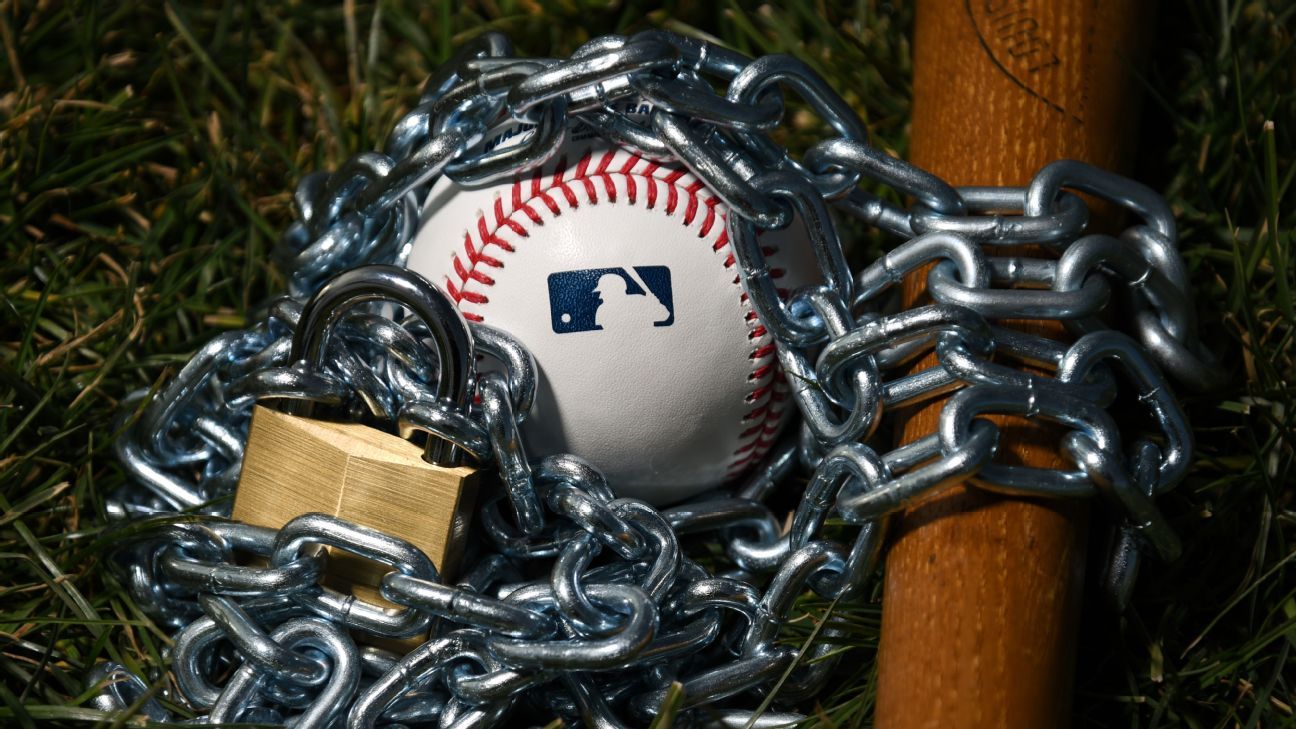Friday’s rejection by MLB of a federal mediation request in negotiations between the parties for a new Collective Bargaining Agreement was made by Major League Baseball Players Association.
“Two months later, after implementing their lockout and only two days after committing players to a counterproposal, the owners refused a counterproposal and instead requested mediation,” said the MLBPA in a statement. “After consulting our Executive Board and taking into consideration a number factors, we declined this request.”
This move effectively eliminates any possibility of a timely start to spring training. Many in the industry, both on the player and league sides, are concerned that the March 31 opening date could be at stake if there is not a resolution by the end February.
According to sources close to the negotiations, the league believes that it has committed to responding the MLBPA but not necessarily making a counterproposal. Major League Baseball was established on Thursday to try and resolve the lockout. requested the assistance of the Federal Mediation and Conciliation ServiceSources told ESPN that, a government agency, attempts to resolve labor disputes.
A request was made to insert the possibility of a neutral party in order to stop a work stoppage that is now in its third month. Mediation is not required, but the MLBPA had to consent to the involvement of a third-party.
Andrew Miller, an executive board member of MLBPA, stated via text that “We don’t believe it speeds up the process at any point.” “History shows us that it has not been beneficial to reach a deal in our sport. It is not the same as negotiating and being prepared to negotiate.
MLB shut down players Dec. 2, after both sides failed to agree on a new CBA. The sides have met four more times since then. After more than 25 years of labor peace, no session has led to significant progress toward a new CBA.
Mediation, which is the intervention of an outside party during labor strife has been a standard feature in the history of sports labor relations. Mediators are primarily responsible for bridging communication gaps between parties and helping to find middle ground, rather than imposing mandates or implementing solutions. This process was used in the MLBPA strikes of 1981 and 1994, which didn’t result in a resolution.
The game’s core economy is the main issue. Disgruntled players who have seen their average salary drop four times in a row have stated that their top priorities include getting players paid earlier, eliminating artificial restraints such as draft-pick penalty for signing free agents, draft-pick penalty for exceeding the luxury taxes, and fixing service-time manipulation and disincentivizing tanksing. The league wants to maintain player salaries flat and has requested expanded playoffs as well as the preservation of existing rules regarding revenue sharing, arbitration, and free agency.
There has been some progress. The league offered universal designated hitters and agreed to eliminate direct draft-pick compensation. The union suggested that 12 additional teams would be added to the postseason, which is less than the 14 MLB has requested. It also proposed allowing advertising patches to be worn on uniforms. Both sides are open for a draft lottery. MLB proposed that non-playoff teams would be eligible to the top three picks, while the union suggested that the top eight picks should be included in the system. MLB agreed to consider a bonus pool for non-arbitration-eligible players that would be for $10 million. In its Tuesday proposal, the union countered with $100 million. This is $5 million less than its previous offer.
In a Friday statement, the MLBPA stated that “The best way to reach a fair and timely agreement” was to return to the table. “Players are ready to negotiate.”
This report was contributed to by Jeff Passan from ESPN.
